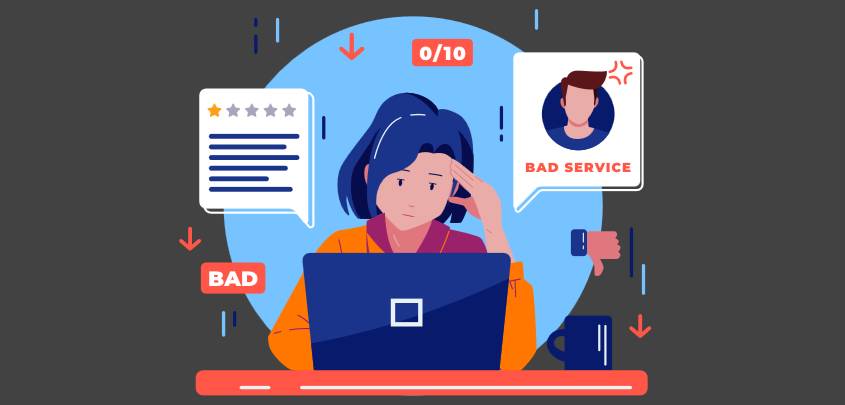
22, Nov, 2024
The Hidden Types of Workplace Cyberbullying
When we think of workplace bullying, we often picture obvious behaviours like public humiliation or verbal confrontations. However, cyberbullying in the workplace can be far more subtle and insidious, especially in today’s digital-first work environments. Let’s explore the lesser-known forms of workplace cyberbullying and how they can impact employees’ mental health and performance.
1. Message Overloading
Overwhelming someone with excessive emails, messages, or tasks, often outside of work hours, can create unnecessary stress and anxiety.
Example: Sending “urgent” emails late at night for minor tasks, making employees feel constantly on edge.
2. Micro-Monitoring
Constantly tracking a colleague’s online presence or work status can be an act of intimidation.
Example: Questioning why someone is “Away” on a team app or tracking their online activity excessively.
3. Digital Gaslighting
Manipulating or denying past digital communications can erode trust and create confusion.
Example: A manager denies sending specific instructions, blaming the employee for “misunderstanding.”
4. Weaponizing Feedback
Using public platforms to unfairly criticise someone’s work damages morale and self-esteem.
Example: Leaving negative feedback on a shared project document visible to the entire team, despite earlier approvals.
5. Fake Social Inclusion
Mocking someone under the guise of including them in group chats or discussions can alienate them.
Example: Adding a colleague to a chat just to exclude them from real discussions or share inside jokes.
Why It Matters
These subtle behaviors may not be as overt as traditional bullying, but their psychological impact is significant. Victims may experience stress, reduced self-confidence, and burnout, ultimately affecting their work performance and mental health.
How to Address It
Recognizing these behaviours is the first step. Employers must create safe reporting mechanisms and foster a workplace culture where respect is paramount. Employees should document incidents and seek support when needed.
By identifying and addressing workplace cyberbullying, we can build healthier, more inclusive digital workspaces.
